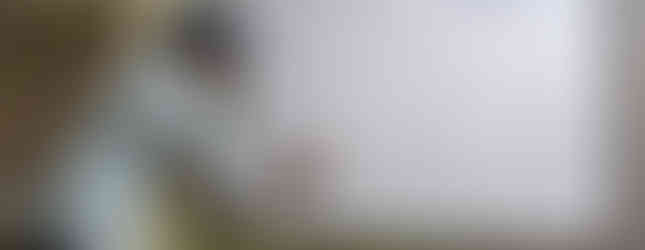Rethinking Mathematics: Youth Educators Embrace Nature and Creativity
- Dhaatri

- Aug 7
- 1 min read

Our latest five-day workshop in Hyderabad brought together youth educators from Panna, Vidisha, Amrabad, and Adilabad, all committed to making mathematics engaging and accessible. The focus was on hands-on, experiential teaching methods using natural materials such as wood, clay, leaves, and barks to teach shapes, angles, and measurement. These resources help children connect mathematical concepts to their daily environment, making learning both meaningful and fun.

Educators also explored storytelling, poetry, arts and crafts, including bamboo art and waste paper crafts, to make lessons more relatable. For example, bamboo crafting sessions introduced traditional skills while reinforcing ideas like symmetry and measurement. Ganesh from Panna shares, "Using natural resources to teach maths helps children relate concepts to their surroundings." Sapna from Ganj Basoda adds, "These new strategies will help us overcome children’s fear of maths, especially in areas like ours where illiteracy is high."
In our Bal Angans, children learn addition, subtraction, and measurement through activities with leaves, flowers, and birds. With these new techniques and tools, educators are hopeful for improved learning outcomes.

For the first time, Chenchu youth from Amrabad participated and showed great enthusiasm about bringing these approaches to their villages.
These workshops aim to strengthen educators’ skills and foster a culture of continuous learning. By empowering youth and integrating local, natural resources into teaching, we are trying to make education joyful, relevant, and inclusive for our children.



























